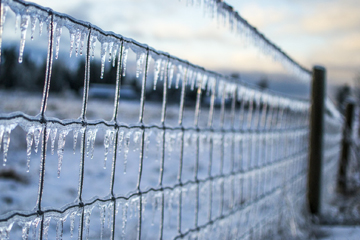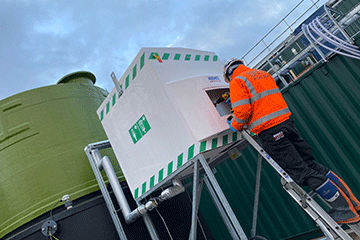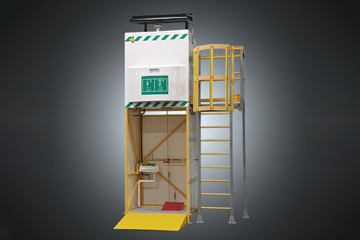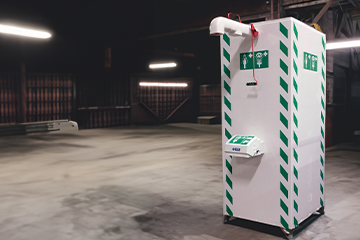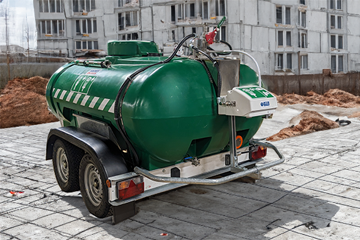Enquiry List () (0)
- 7 Dec 2021

Anticipating hazards in the hospitality sector
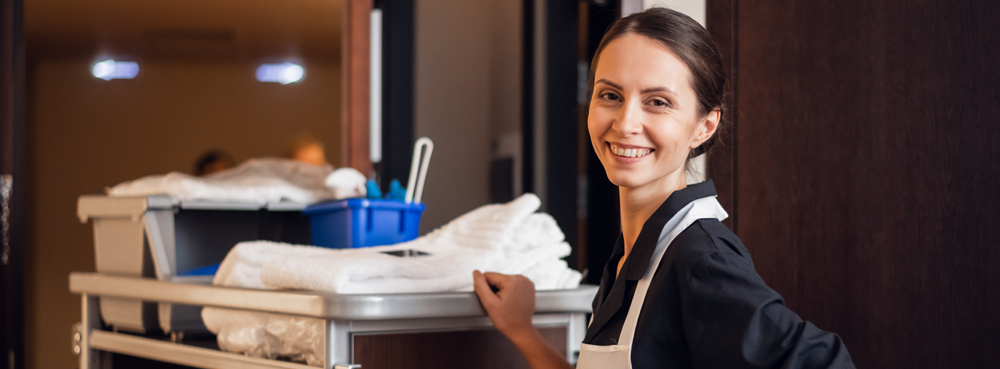
Over recent years, the hospitality sector has been recovering from the substantial financial losses caused by the pandemic. Alongside these losses came a change in customer priorities, with 55% of UK consumers stating cleanliness being of greater importance since the pandemic.
Cleaning products are the most common hazardous substances used in the hospitality sector. Now, with increased sanitising expected and required, these chemical cleaners are used more frequently and are purchased and stored in higher volumes to keep up with demand.
The industry uses many different types of hazardous cleaning substances:
- Alcohol-based sanitiser
Isopropyl alcohol and ethanol used to produce hand sanitisers are not only highly flammable but can also cause moderate skin irritation or serious eye injury and must be washed off immediately if there is a spill.
- Bleach
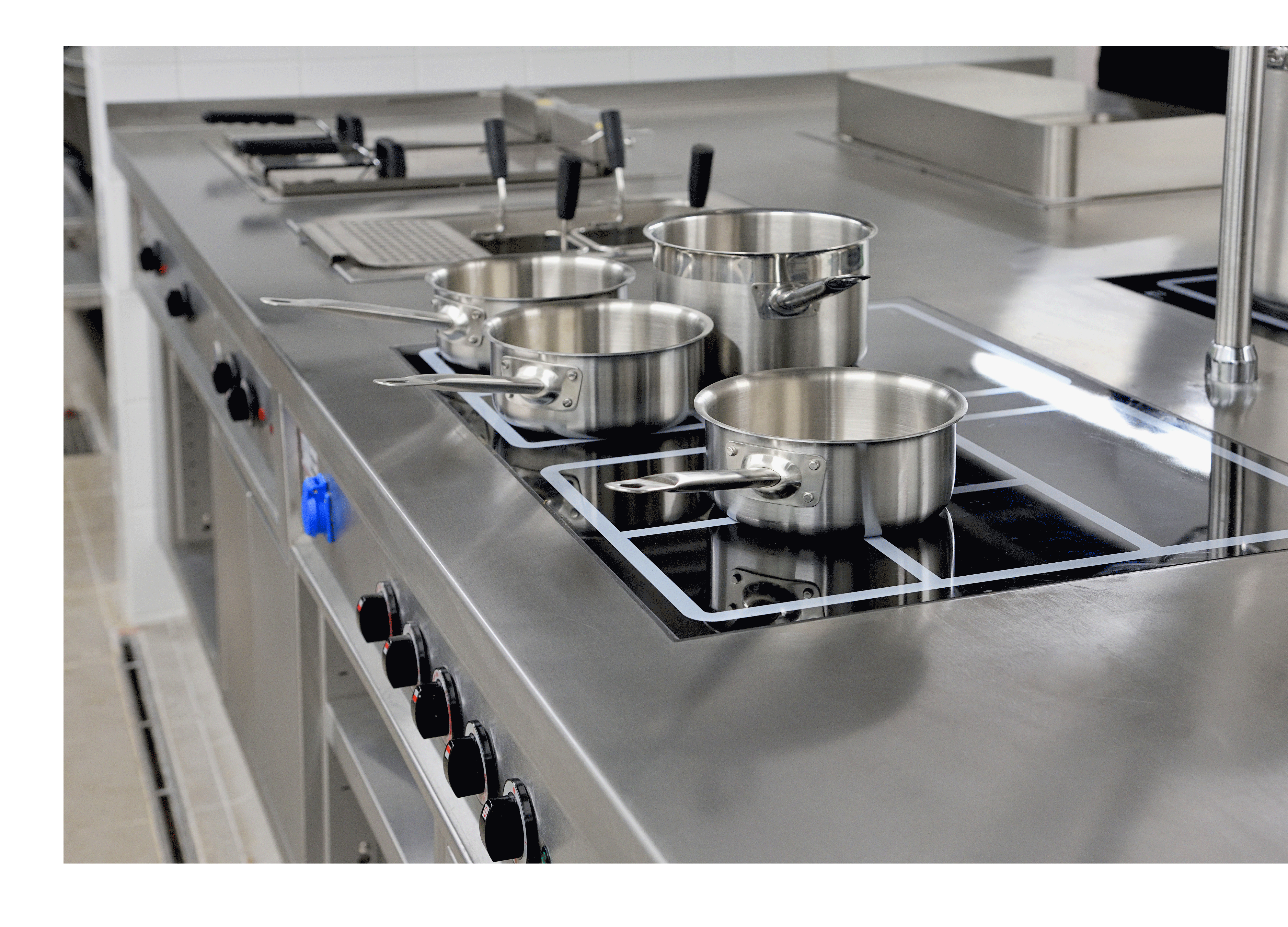
Bleaches are used for a variety of cleaning purposes, including bathroom and kitchen cleaning. The safety of cleaning bleach can depend on the concentration and other compounds present. Even in low concentrations, contact with the skin or eyes, it causes irritation, drying, and potentially burns. Inhalation of bleach fumes can also damage the lungs.
- Chlorine
Chlorination is the most common disinfection method for hotel swimming pools, usually in the form of chlorine gas, sodium, calcium or lithium hypochlorite but also with chlorinated isocyanurates. These are all loosely referred to as ‘chlorine’.
Under normal circumstances, pool chemicals are intended to be added to large quantities of water. If a smaller amount of water is added to a chemical accidentally a reaction may occur, resulting in the release of toxic chlorine gas. When this gas comes into contact with moist tissues such as the eyes, throat, and lungs, an acid is produced that can cause extensive damage to these tissues.
- Degreasers
Degreasers are often used in kitchens to cut through fats and oils. These substances are highly alkaline and as such can be incredibly corrosive. Inhaling the vapours can lead to damage to the lungs and contact can inflict chemical burns to the skin and eyes.
- Oven cleaners
Butoxydiglycol or sodium hydroxide are found within chemical oven cleaners, both of which can cause significant damage to skin and eyes upon contact. Dangerous fumes may also be released posing a threat if inhaled.
- Laundry detergents
Detergent used for the large-scale fabric cleaning required in the hospitality industry is made up of components that are toxic, dehydrating or potentially corrosive. Depending upon concentration levels they must be handled with care to avoid eye irritation or chemical burns.
- Dishwasher detergents
Sodium hydroxide, also known as Caustic Soda, is a standard chemical ingredient of concentrated industrial dishwashing detergents known to cause severe skin burns and long-term damage to eyes if not flushed immediately after contact.
Keeping hospitality staff safe
To ensure employees are safeguarded from the dangers of these chemical cleaners, it’s vital to review health and safety procedures surrounding their storage, use and spill response.
- Storage and handling
There are very specific rules and guidelines around the storage of dangerous substances. Read our article concerning large scale storage here. For smaller scale storage, it’s important to ensure that all chemical containers are in good condition, closed properly and stored on sturdy and undamaged shelving. Storage rooms should be well-lit and ventilated with clear organisation.
Signage and labelling of the materials should be obvious. Employees must be educated in proper handling techniques, associated hazards and what to do in the event an accidental spillage.
- PPE
The proper personal protection equipment (PPE) for the task is essential. For example, rubber gloves when handling products that could be corrosive or irritating to skin, safety glasses where a splash could result in injury to the eyes and face masks to prevent inhalation of toxic fumes.
It may be that initial exposure does not cause damage in the case of some chemicals, however repeated use and contact should always be an important consideration when deploying PPE.
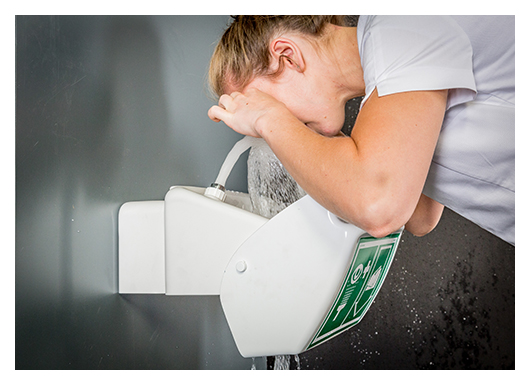 Decontamination facilities
Decontamination facilities
Where a chemical spill or splash onto the skin or eyes requires immediate flushing, decontamination facilities should be provided within 20 metres, or 10 seconds reach of the hazard.
Eye/face wash units should be placed where there is a high risk of splashes of chemicals resulting in eye injuries. They can also be used in conjunction with nearby safety showers to allow varied decontamination depending on the situation.
Our range of indoor emergency safety showers are ideal for areas with a consistent water supply and steady ambient temperature. The indoor range includes ceiling, wall and over-door mounted models, designed for environments where space is at a premium. The combination units comprise of a plumbed in safety shower and an eye/face wash for full decontamination.
The risks involved in the use of these hazardous substances should not be underestimated . A robust risk assessment, suitable PPE and emergency safety equipment are essential for mitigating the dangers posed by hazardous chemicals, as well as minimising any potential injury in the event of a spill or splash.
If you’re unsure what level of decontamination solution you require or which of our products is suitable for your application, don’t hesitate to contact Hughes today for our expert advice.




